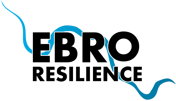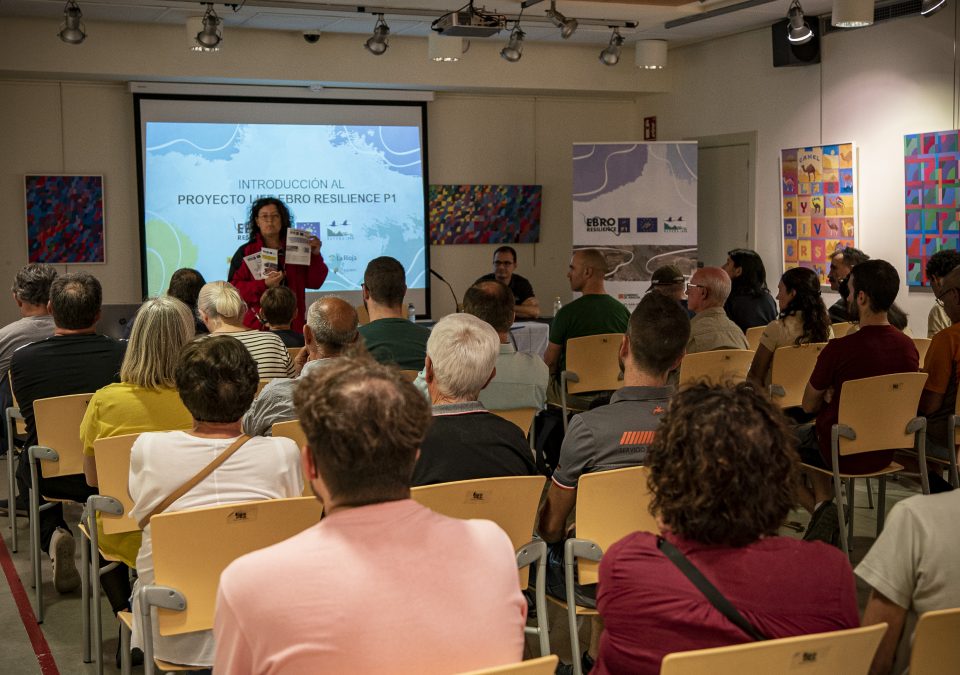The LIFE Ebro Resilience P1 Project maintains its commitment to participation in interventions to reduce flood risk. In this line, yesterday an informative session was held, open to the general public and with the collaboration of local entities, dedicated to the morphological adaptation and environmental restoration of the meander of El Señorío, in Castejón, Navarra. The conference was held at the Museum of Castejón and soon there will be an informative visit to the meander.
The attendees learned in depth about the planned works, both the works to mitigate the risk of flooding and the environmental restoration, the studies carried out, the proposals for participation and the objectives of the LIFE Project. The session included ample time to listen to opinions, resolve doubts and queries.
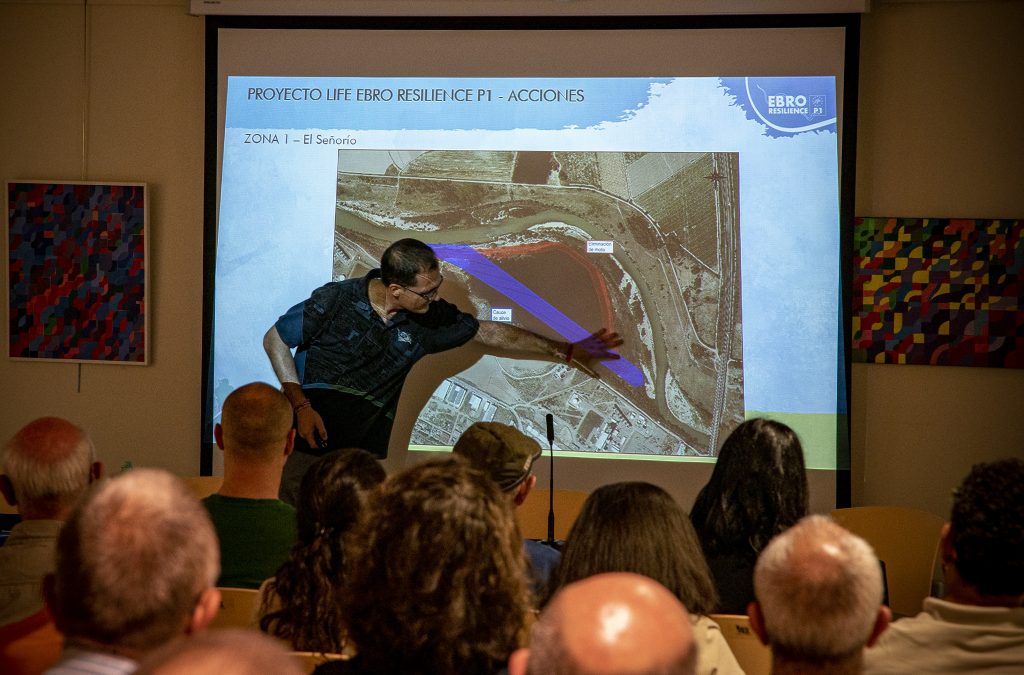
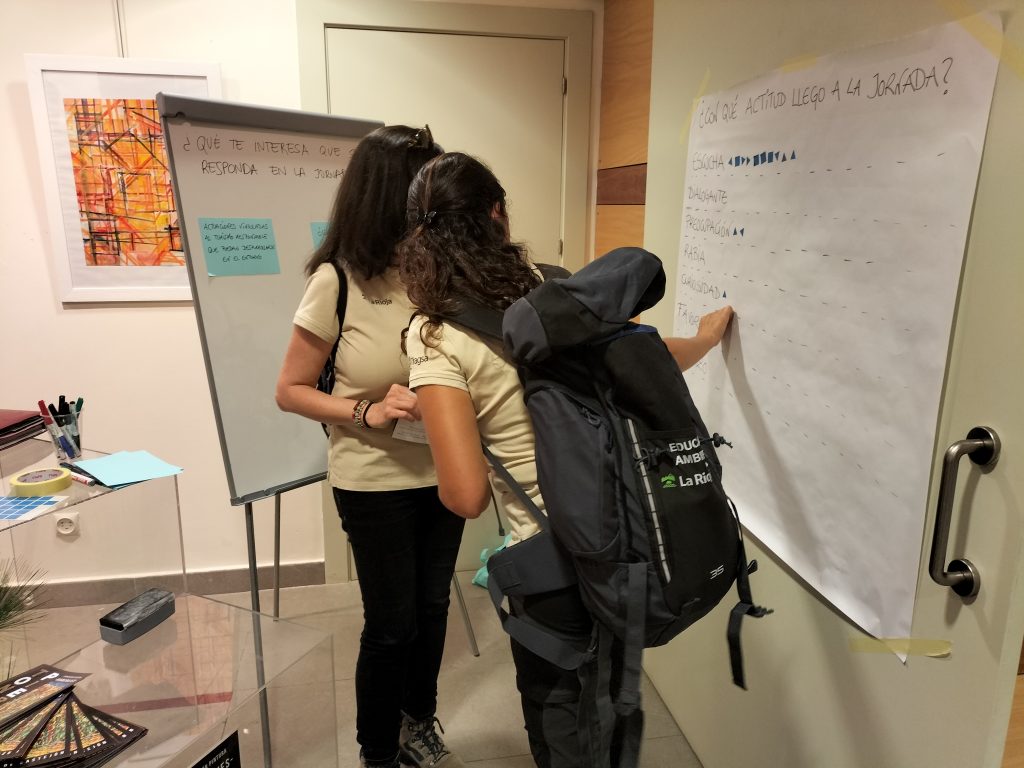
Together with the technicians of the LIFE Project from different partner Administrations (Ministry for Ecological Transition and Demographic Challenge, Ebro Hydrographic Confederation, Government of Navarra, Environmental Management of Navarra, S.A. and the public company TRAGSA), the Historical Heritage Service of the Government of Navarra also participated, explaining the keys to the favorable report issued by this Department.
The consultation to the Service arose as a consequence of an allegation presented during the period of public information on the proximity to the intervention area of the archaeological sites of “El Montecillo” and “El Cerro del Castillo”, located in the elevated land next to the meander and in which Heritage considers that no effects are foreseen.
The content of the report was previously explained to the Town Councils in a meeting and visit held on August 7, with the participation of representatives of the new Town Councils of the area of influence of the project, Castejón, Cadreita and Valtierra, who showed great interest in the proposal.
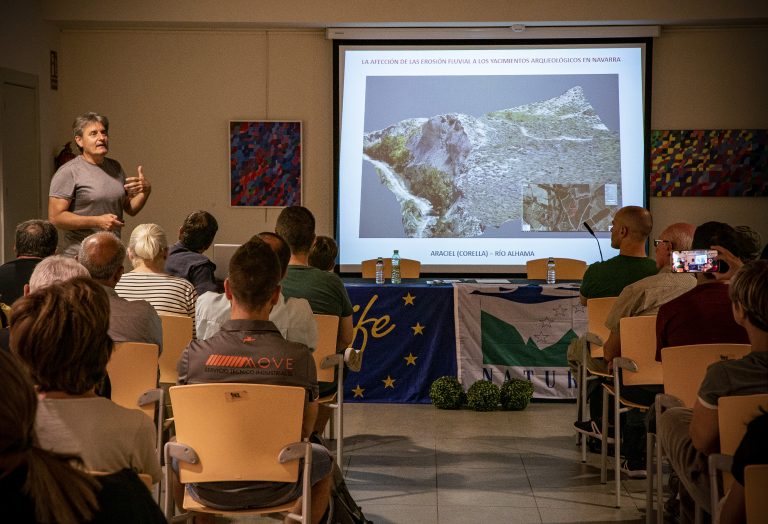
Information during the process
The intervention has a budget of €1.8 million and is part of Zone 1 of the LIFE Project, with the aim of mitigating the risk of flooding in the section of the Ebro River between Alfaro (La Rioja) and Castejón (Navarra).
Throughout the process of drafting the project and defining the intervention, informative actions have been carried out with local administrations and interested parties (associations, individuals, etc.) through the stable participation groups with which Ebro Resilience works, the so-called co-creation groups.
El Señorío Project
The objectives of the project are to reduce the risk of flooding along the entire stretch; restore the meander to its natural functions in terms of the recovery of fluvial dynamics and the evacuation of flows in flood situations; and prevent deterioration, protect and improve the state of aquatic, terrestrial and wetland ecosystems.
To this end:
– The existing perimeter dike in the meander will be removed, with a length of 1.3 km.
– A relief channel will be created, an arm of the river that will operate at high water and will divert part of the flows in circulation during floods directly to the AP-15 bridge.
– The restoration of the meander will be carried out with plantations that promote and accelerate natural revegetation; exotic plant species will be eliminated; the recovery of habitats for fauna species of interest and the inclusion of elements to bring the population closer to the river will be promoted.
– The natural enclaves preserved on the left bank will be connected, forming three ecological corridors that connect them with each other and with the Sotos de Alfaro Nature Reserve, located upstream, and the Ebro River ZEC, located downstream.
This restoration is part of the so-called “Combined section of actions” of the LIFE Project, which defines a series of natural water retention measures that will generate an overall benefit with respect to flood risk and the environmental condition of the riverbed in the section of the Ebro River that runs between Alfaro (La Rioja) and Castejón (Navarra). These measures include: reconnection of meanders, relief channels, rehabilitation of lost river branches and recovery of river space such as flood plains.
El Señorío will be added to the work in progress on the La Roza meander in Alfaro, also included in the LIFE Project, and to the actions in the meanders of El Ortigoso, La Nava and El Estajao, also on the Ebro River as it passes through the municipalities of Milagro (Navarra) and Alfaro, carried out in accordance with the criteria of the LIFE Project. Ebro Resilience Strategy.
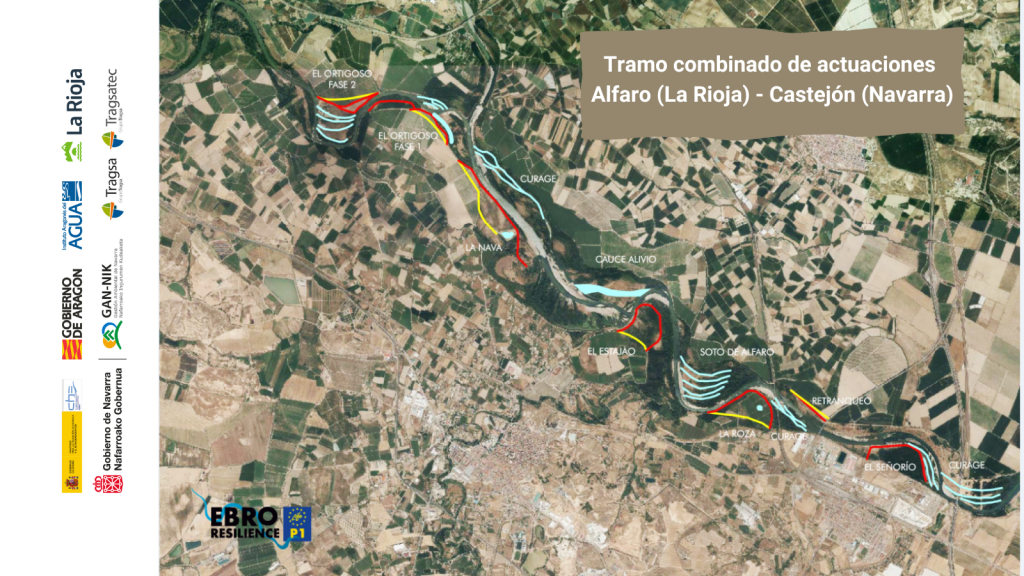
In the combined section of actions, the morphological adaptation works will be carried out by the CHE and the environmental restoration works by the Autonomous Governments of La Rioja, in the case of La Roza, and Navarra, the latter through its public company GAN-NIK, in the case of El Señorío.
LIFE Project
The LIFE Ebro Resilience P1 Project (LIFE20 ENV/ES/00327), approved by the European Commission in the LIFE 2020 call, covers three autonomous communities (La Rioja, Navarra and Aragón), has a duration of 6 years and a total budget of 13,310,350 €, with 55% European funding.
This Project is also an example of institutional coordination and cooperation in the intervention section, being its partners the Ministry for Ecological Transition and Demographic Challenge (MITECO), through its companies TRAGSA and TRAGSATEC; Ebro Hydrographic Confederation; Government of La Rioja; Government of Navarra, through Gestión Ambiental de Navarra, S.A. (GAN-NIK); Government of Aragón and the Aragonese Water Institute.
